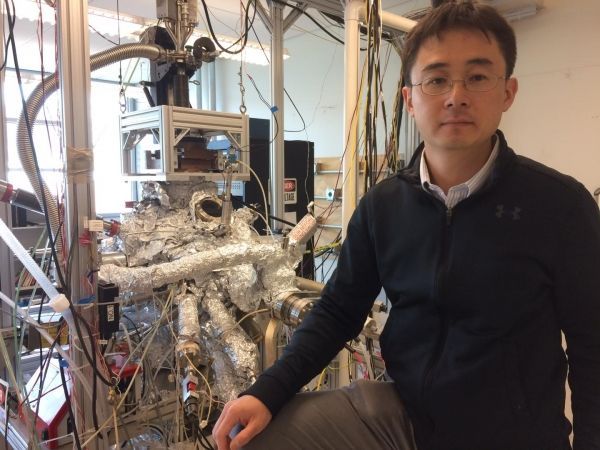A joint team of scientists at the University of California, Riverside, and the Massachusetts Institute of Technology is getting closer to confirming the existence of an exotic quantum particle called Majorana fermion, crucial for fault-tolerant quantum computing — the kind of quantum computing that addresses errors during its operation.
Quantum computing uses quantum phenomena to perform computations. Majorana fermions exist at the boundary of special superconductors called topological superconductors, which have a superconducting gap in their interiors and harbor Majorana fermions outside, at their boundaries. Majorana fermions are one of the most sought-after objects in quantum physics because they are their own antiparticles, they can split the quantum state of an electron in half, and they follow different statistics compared to electrons. Though many have claimed to have identified them, scientists still cannot confirm their exotic quantum nature.
The UCR-MIT team overcame the challenge by developing a new heterostructure material system, based on gold, that could be potentially used to demonstrate the existence and quantum nature of Majorana fermions. Heterostructure materials are made up of layers of drastically dissimilar materials that, together, show completely different functionalities when compared to their individual layers.
“It is highly nontrivial to find a material system that is naturally a topological superconductor,” said Peng Wei, an assistant professor of physics and astronomy and a condensed matter experimentalist at UCR, who co-led the study, appearing in Physical Review Letters, with Jagadeesh Moodera and Patrick Lee of MIT. “A material needs to satisfy several stringent conditions to become a topological superconductor.”
Read more at: University of California - Riverside
Peng Wei is a condensed-matter physicist at UC Riverside, studying quantum states of electrons in new materials. (Photo Credit: I. Pittalwala, UC Riverside.)


